Facade Design Pattern in Java
Introduction
In complex software systems, clients often need to interact with multiple subsystems. Directly working with these subsystems can be overwhelming and error-prone, especially if each subsystem has a complex interface. The Facade Pattern provides a simplified interface to these subsystems, making the system easier to use and understand.
Think of it like a restaurant waiter: instead of interacting with the chef, cashier, and manager separately, the waiter acts as a single point of contact for the customer.
Definition
The Facade Pattern is a structural design pattern that provides a simplified interface to a complex subsystem. It hides the complexities of the subsystem and provides an interface that is easier for clients to use.
Key Idea: A facade class acts as a single point of interaction between the client and multiple subsystems.
When to Use the Facade Pattern
- When a system is complex with multiple interdependent classes.
- When you want to simplify the interface for clients.
- To decouple clients from the subsystem, making it easier to maintain and evolve.
- When you need to reduce dependencies between client code and subsystem code.
Real-World Example
- Restaurant: Customer interacts only with a waiter (facade), who communicates with the chef, cashier, and manager.
- Computer Startup: A single Computer class can start the CPU, memory, and hard drive without exposing each subsystem individually.
Java Implementation
Let’s implement a computer startup system using the Facade Pattern.
Step 1: Define Subsystems
// Subsystem 1: CPU
class CPU {
void start() {
System.out.println("CPU started.");
}
}
// Subsystem 2: Memory
class Memory {
void load() {
System.out.println("Memory loaded.");
}
}
// Subsystem 3: HardDrive
class HardDrive {
void read() {
System.out.println("Hard drive reading data.");
}
}
Step 2: Create the Facade Class
// Facade
class ComputerFacade {
private CPU cpu;
private Memory memory;
private HardDrive hardDrive;
public ComputerFacade() {
this.cpu = new CPU();
this.memory = new Memory();
this.hardDrive = new HardDrive();
}
public void startComputer() {
cpu.start();
memory.load();
hardDrive.read();
System.out.println("Computer is ready to use!");
}
}
Step 3: Client Usage
public class Main {
public static void main(String[] args) {
ComputerFacade computer = new ComputerFacade();
computer.startComputer(); // Client interacts only with the facade
}
}
Output:
CPU started.
Memory loaded.
Hard drive reading data.
Computer is ready to use!
Advantages of the Facade Pattern
- Simplifies Client Interaction: Clients don’t need to understand complex subsystems.
- Reduces Dependencies: Minimizes coupling between client and subsystem classes.
- Improves Maintainability: Subsystem code can be changed without affecting clients.
- Promotes Clean Architecture: Clearly separates client-facing interface and internal subsystems.
Disadvantages
- Can Become a God Object: If the facade tries to cover too much, it may become bloated.
- Limited Flexibility: Clients cannot access subsystem features not exposed by the facade.
- Extra Layer: Adds an additional class layer which may be unnecessary for small systems.
Summary
The Facade Pattern is an essential structural design pattern for simplifying interactions with complex subsystems. By providing a single interface to clients, it enhances readability, maintainability, and usability of large systems.
Next, we will explore the Flyweight Pattern, which optimizes memory usage by sharing objects with common states, making it perfect for systems with a large number of similar objects.
 (13).png)
 (17).png)
.png)
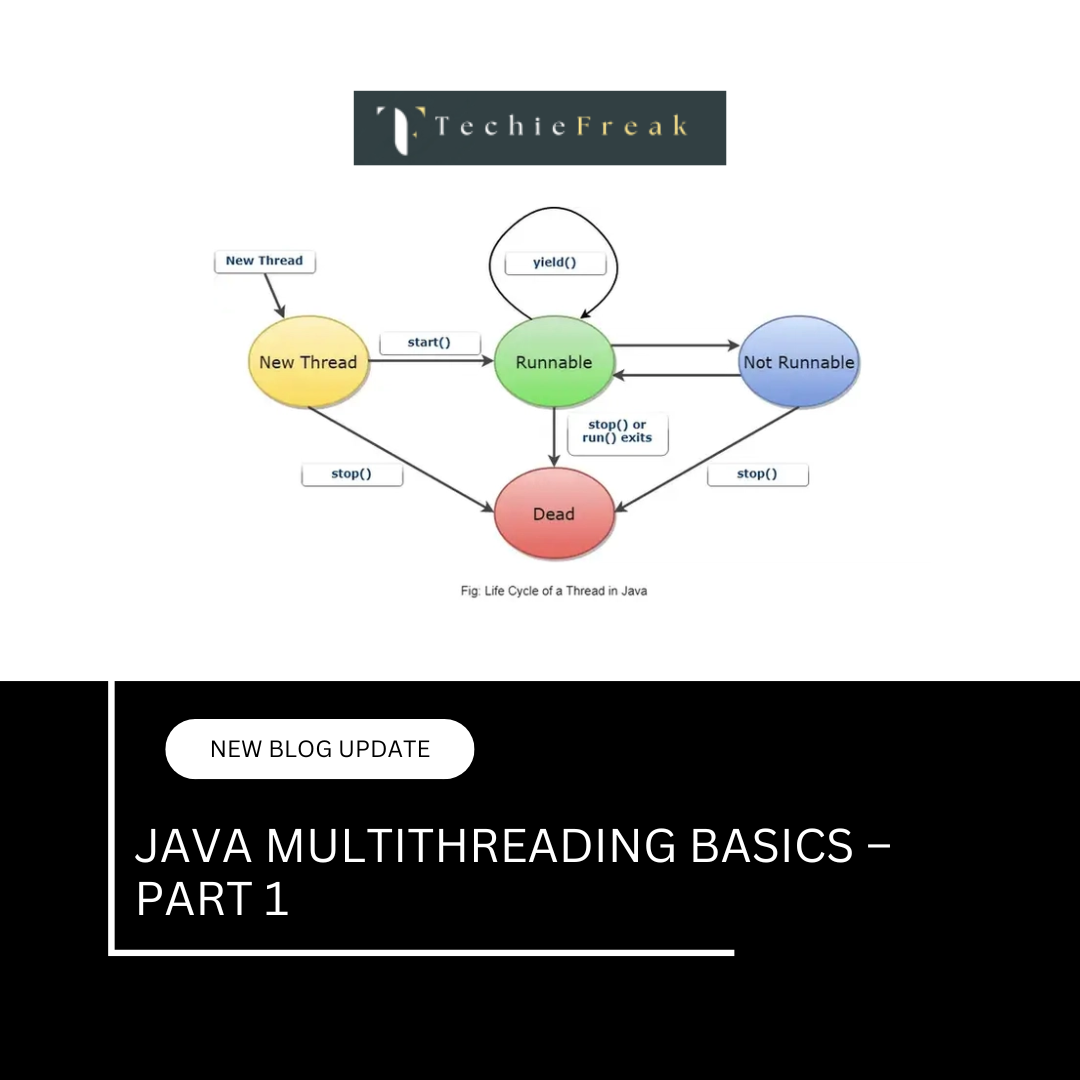
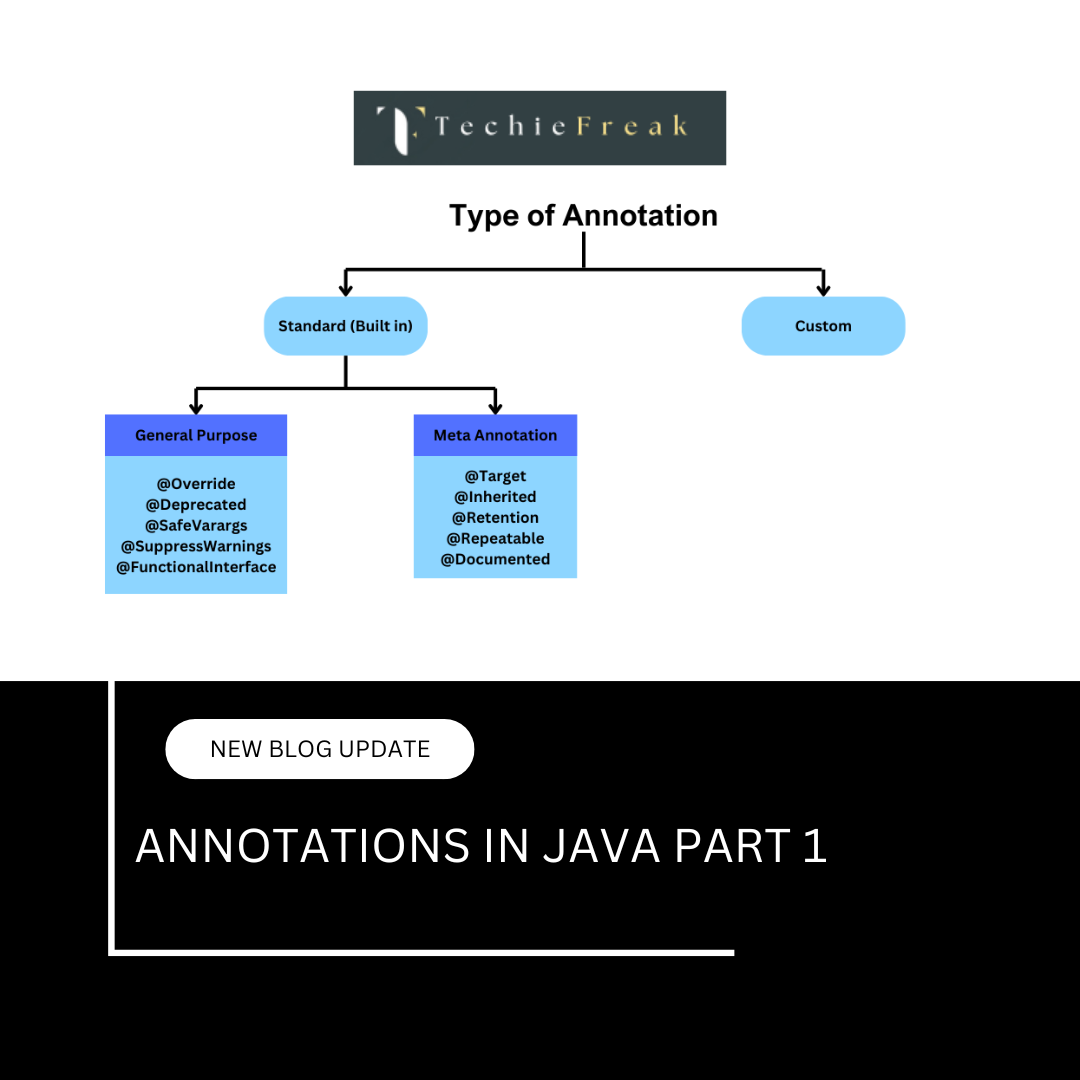
 (18).png)
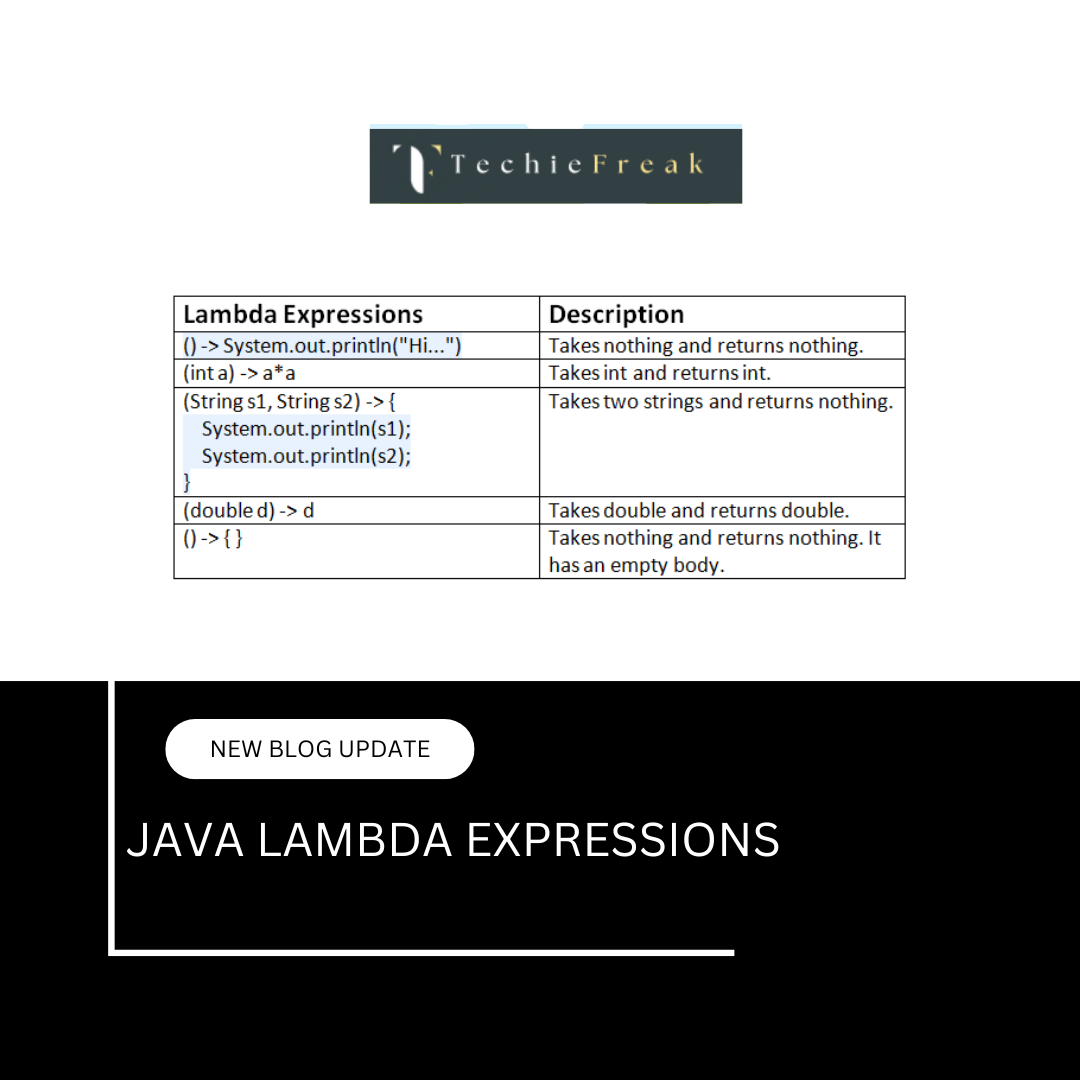
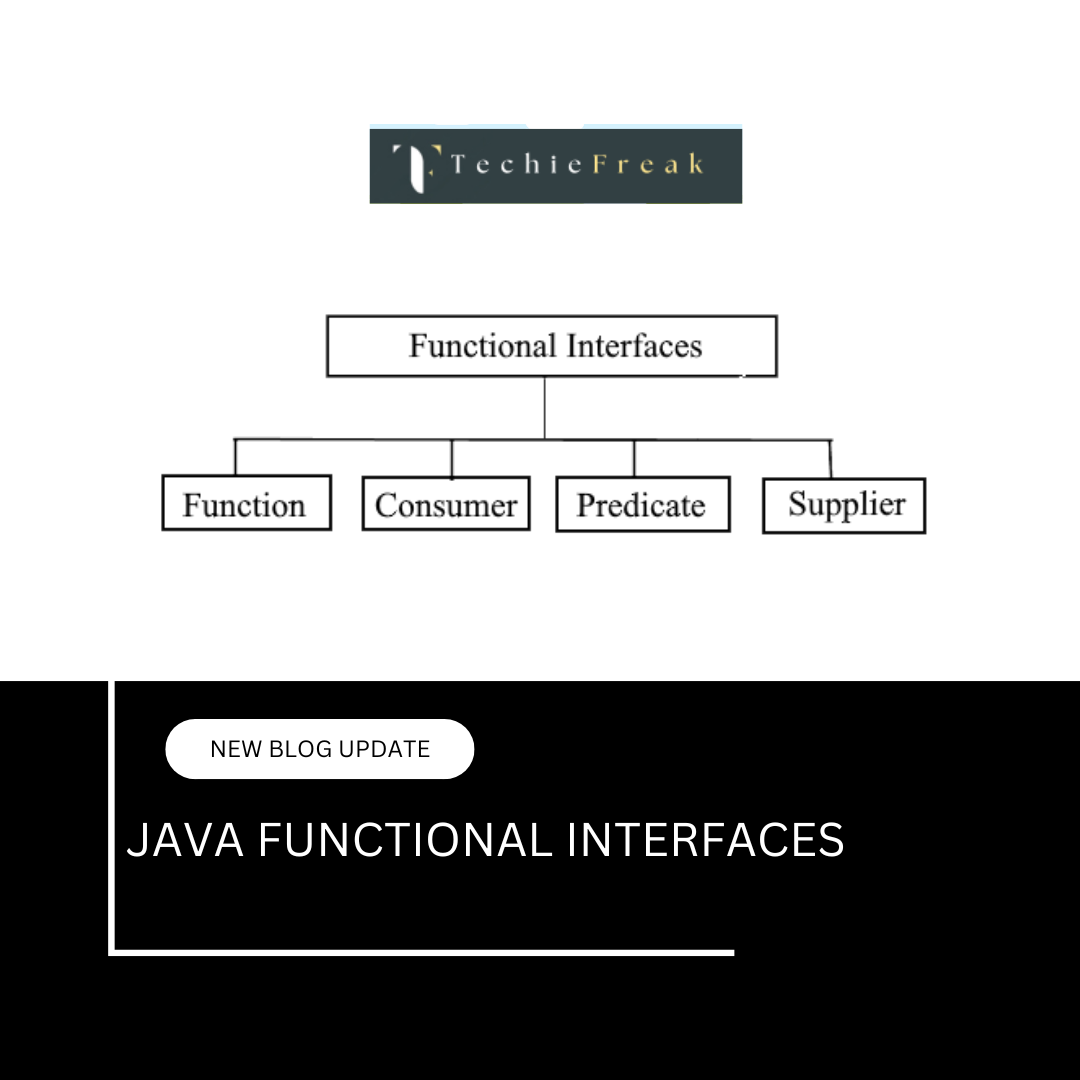
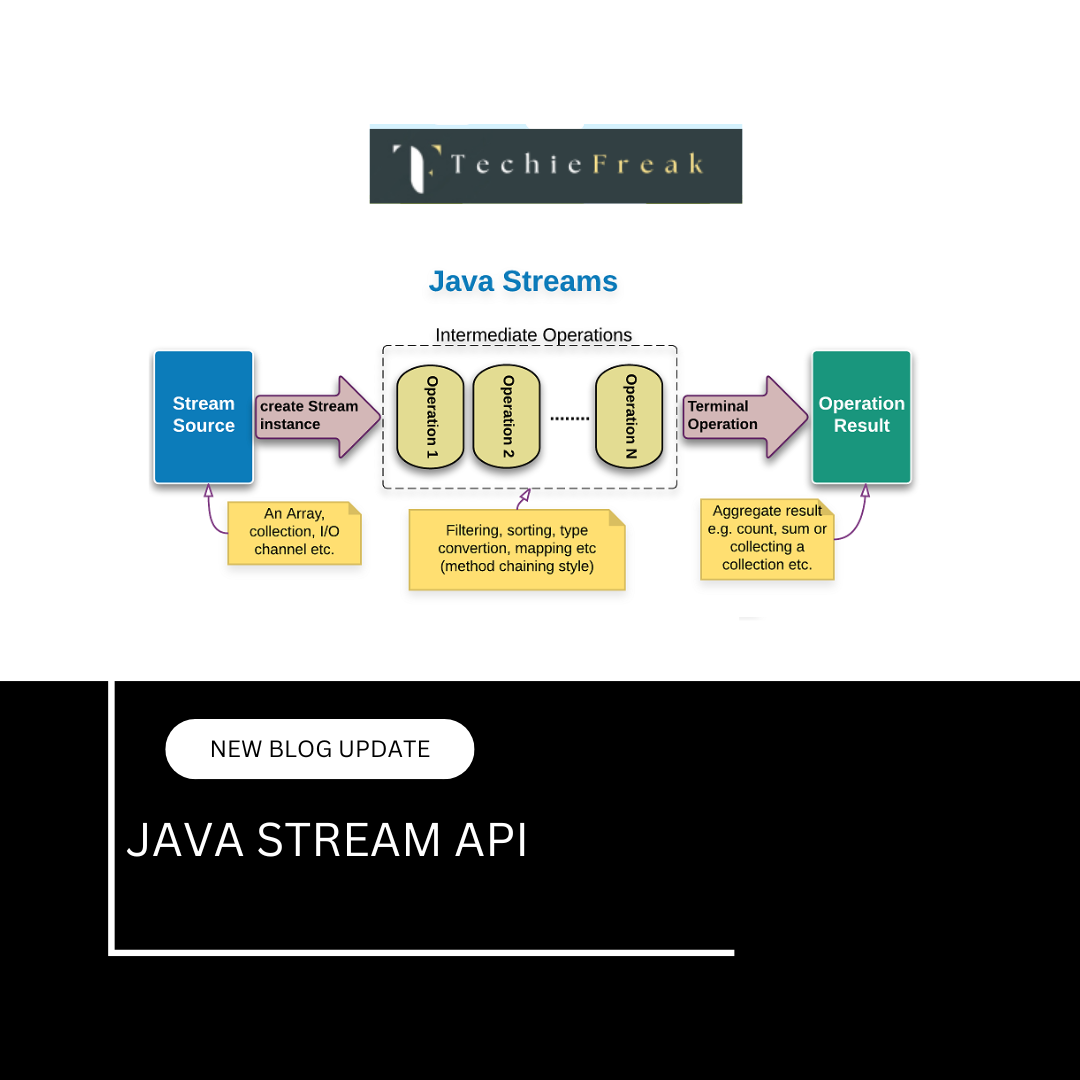
.png)
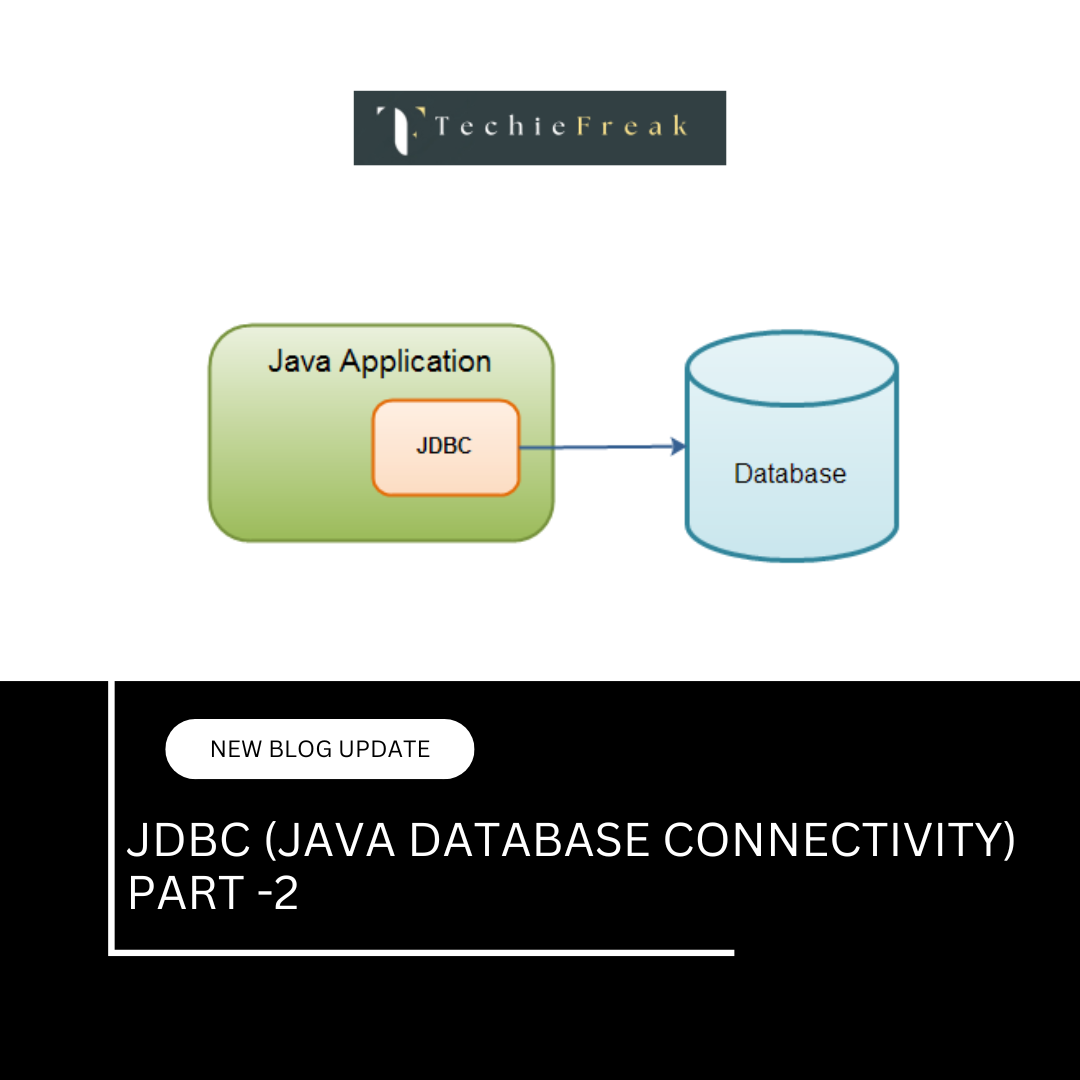
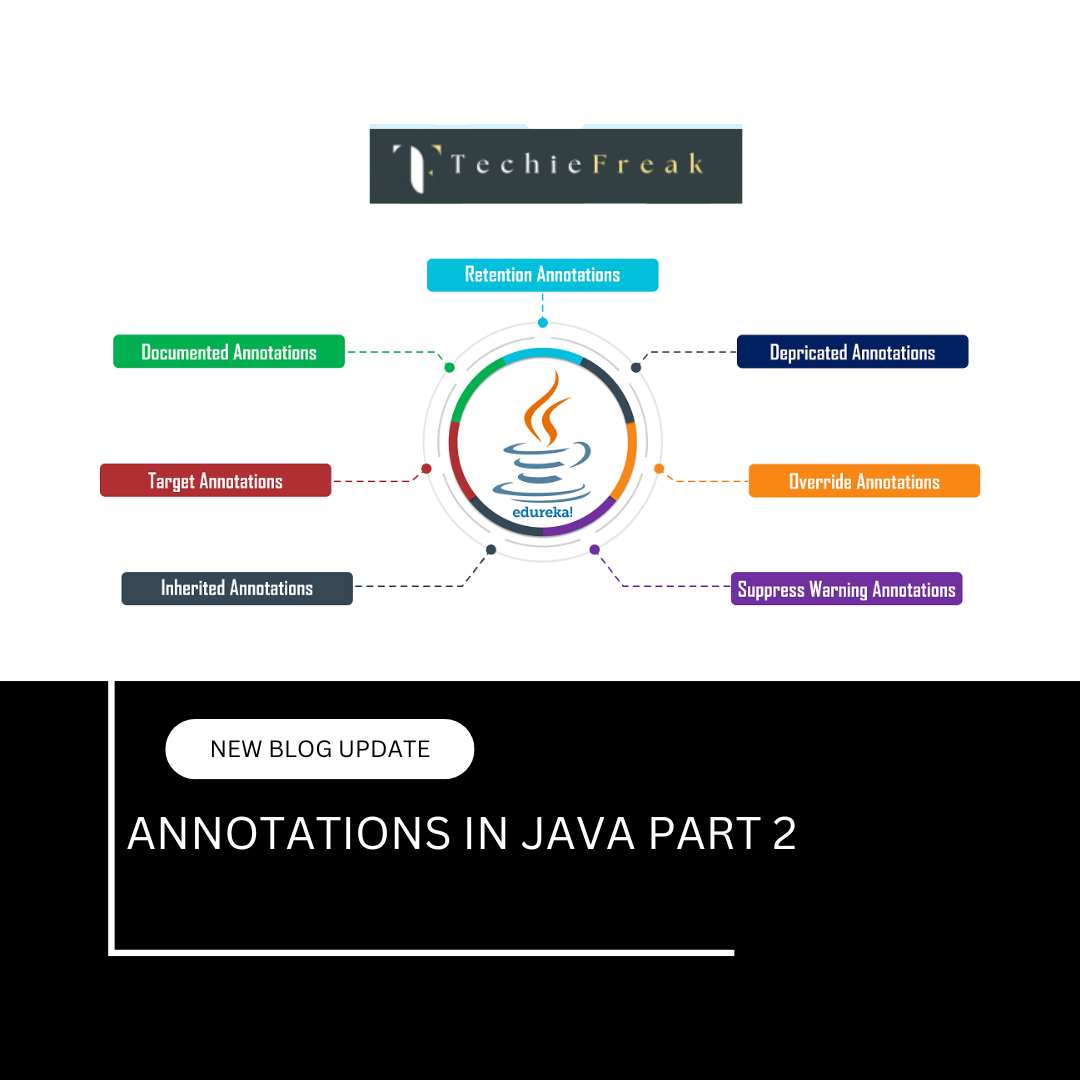
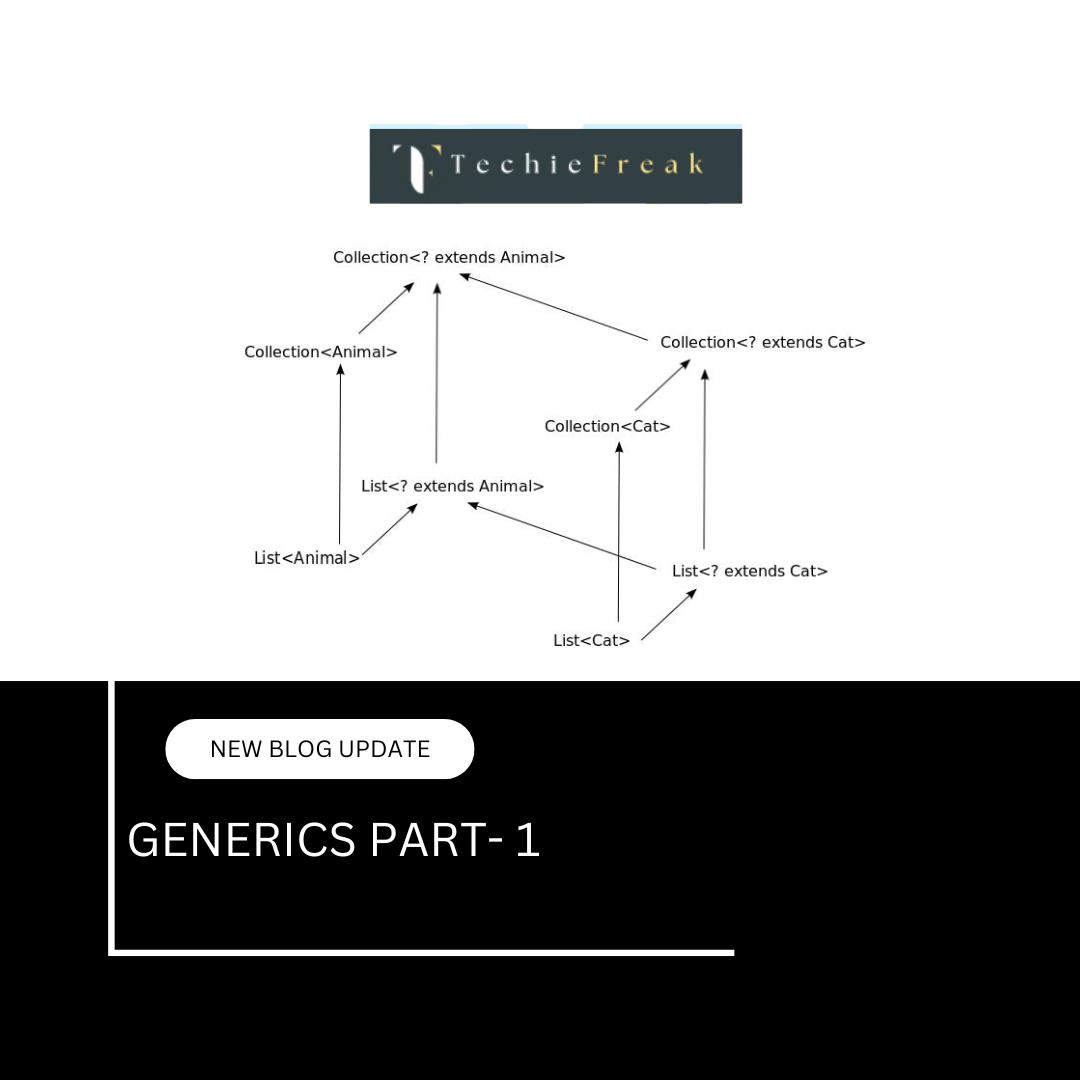
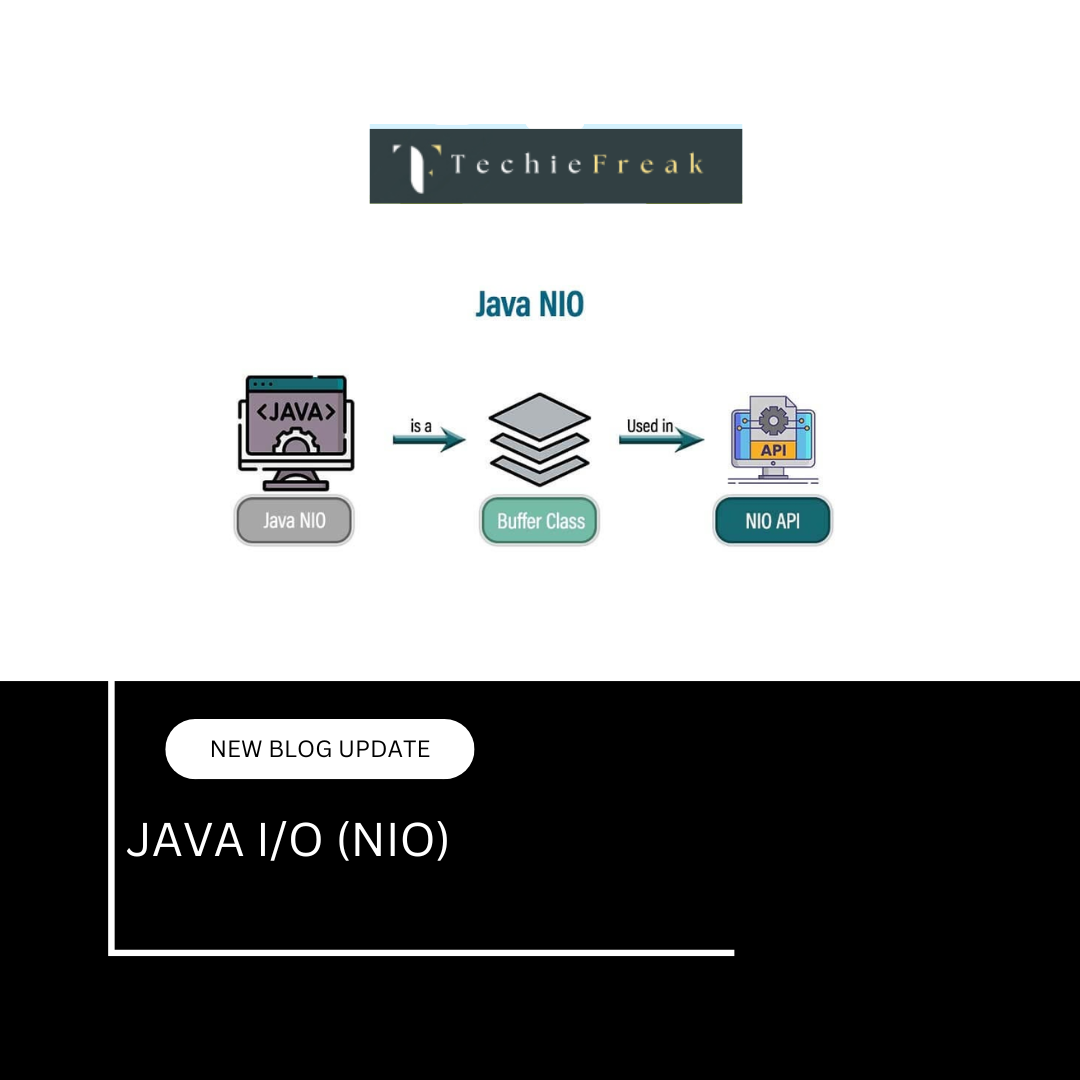
.png)
 (1).png)
 (2).png)
 (3).png)
 (4).png)
 (5).png)
 (6).png)
 (9).png)
 (7).png)
 (10).png)
 (8).png)
 (10).png)
 (12).png)
 (13).png)
 (15).png)
 (16).png)
 (19).png)
 (20).png)
 (21).png)
 (22).png)
 (23).png)
 (24).png)
 (25).png)
 (26).png)
 (27).png)
 (28).png)
 (29).png)
 (30).png)

 (31).png)
 (32).png)
 (33).png)
 (34).png)
 (35).png)
 (36).png)
 (37).png)
 (38).png)
 (39).png)
